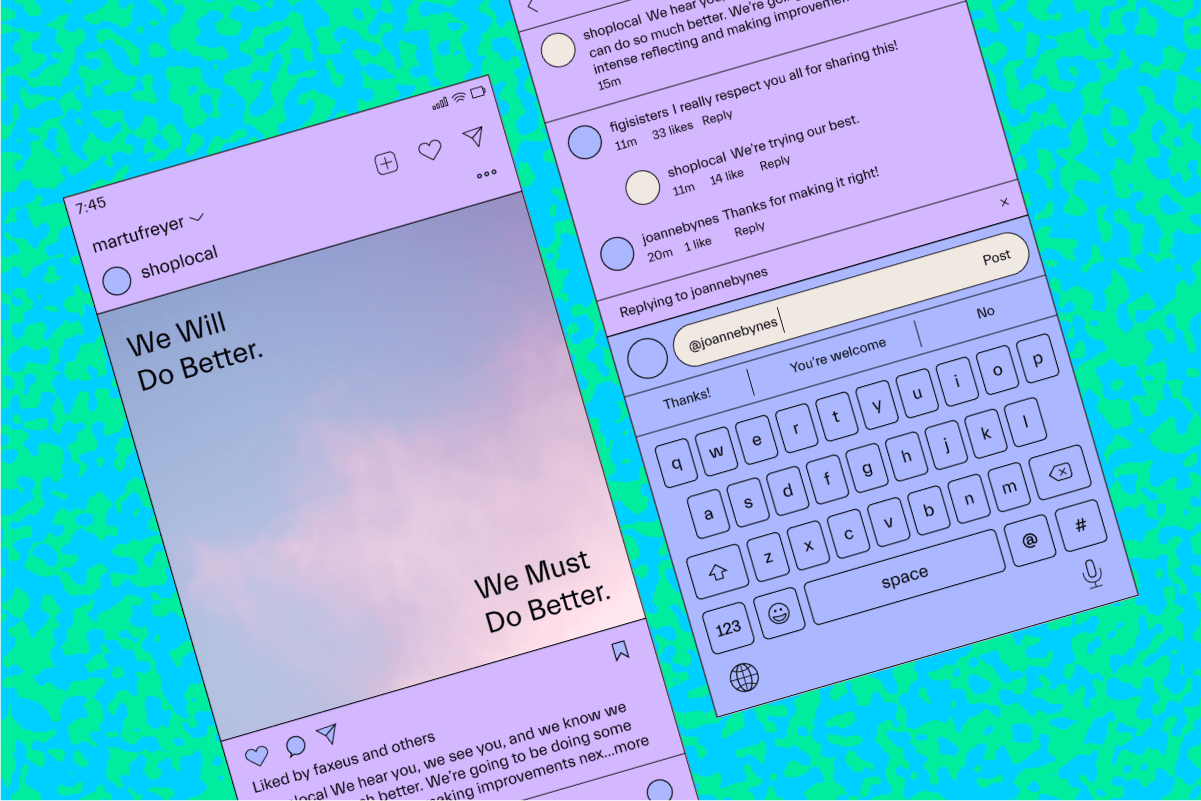Anyone can say they know the cloud. Some even have a certificate or two to back it up. But you know what really makes hiring managers lean in during interviews? Proof. Tangible, real-world proof that you can not only talk the talk, but actually build something that works.
They want to know you can design, build, and maintain cloud systems that actually do something. Something real and useful.
And the best part? You don’t need to wait for a fancy job title to build these things. You can start now. You can spin up your own cloud projects, get your hands dirty, and build a portfolio that speaks louder than any resume ever could.
Here are five real-world projects that will make any hiring manager sit up and say, “Now this person knows what they’re doing.”
1. Build a Scalable Web App With CI/CD and Auto Healing
Let’s say you apply for a cloud engineer role and they ask, “Have you worked with auto scaling or self-healing systems before?” You smile. Because not only have you done it, you built it from scratch.
Start with a simple web app. It could be a blog, a to-do list, or a mini portfolio. Host it on a cloud platform like AWS or GCP. But here’s where it gets serious.
Set up auto-scaling groups so that your app doesn’t crash when traffic spikes. Configure a load balancer to distribute requests across multiple instances. Add a health check that automatically replaces any instance that starts acting up.
And don’t stop there. Hook the whole thing into a CI/CD pipeline using GitHub Actions or AWS CodePipeline. Every time you push code, your app should deploy automatically without any downtime.
Tools to Use:
- AWS EC2, ELB, Auto Scaling
- GitHub Actions
- Terraform or CloudFormation
- Nginx or Apache
- Docker (optional but impressive)
2. Design a Multi-Tier Architecture With High Availability
Most companies don’t run everything in a single layer. They separate concerns: frontend, backend, database. And they expect the people they hire to understand why that matters.
Create a project that mirrors a real-world architecture. Spin up a three-tier setup where:
- The frontend sits behind a CDN and load balancer
- The backend runs on virtual machines or containers
- The database is managed, encrypted, and replicated across regions
You can even add a bastion host for secure SSH access or use Secrets Manager to keep credentials safe.
A hiring manager sees this and immediately knows you’re thinking about scalability, separation of concerns, and disaster recovery.
Bonus points if you simulate a regional failure and show that your system doesn’t go down.
3. Migrate a Legacy App to the Cloud
This one is a story in itself. And it’s one many employers relate to.
Find an old PHP app on GitHub or dig up one of your own. It doesn’t matter if it’s ugly. That’s the point.
Take that legacy app and slowly move it to the cloud. Start with the database. Shift it to RDS or Cloud SQL. Next, containerize the application. Replace file-based session storage with Redis. Move static assets to an S3 bucket.
Document every step and show the challenges. The failures. The things you had to research for hours. That’s the kind of messy and glorious learning that builds character, and resumes.
Because let’s face it, cloud roles often involve untangling years of “it’s always been like this” tech. If you’ve done it once on your own, you’ll do it ten times better in a real company.
Key Concepts Covered:
- Cloud migration
- Refactoring
- Containerization
- Cloud-native services
- Documentation and change management
4. Set Up Real-Time Monitoring and Alerting for an Application
Cloud engineers are not just builders. They’re guardians. When systems go down, they’re the ones who get the 3 a.m. pager call.
So if you want to be taken seriously, show that you can watch the systems you build.
Deploy a small app (even a public API will do), and then set up full-stack observability:
- Metrics collection with Prometheus or CloudWatch
- Log aggregation with ELK or Loki
- Real-time alerts with PagerDuty, Opsgenie, or even good old Slack
Then break your own app. Turn off a server. Drop a database table (okay maybe not that far). Watch the alerts roll in.
When you can show a hiring manager that you think about monitoring before things break, you’re not just a cloud engineer. You’re a responsible one.
Don’t Forget:
Include visual dashboards. A colorful Grafana dashboard showing memory spikes and API failures is more convincing than any LinkedIn headline.
5. Create a Serverless Workflow That Saves Time and Money
Everyone talks about serverless, but few can show how it actually solves problems. That’s where you come in.
Pick a repetitive task. Perhaps, could be resizing images, generating invoices, sending emails, or processing CSV files. Build a workflow using Lambda, S3, Step Functions, or Azure Functions.
Make it event-driven. For instance, when a file lands in a storage bucket, it triggers a function. That function processes the file, stores the result, and emails someone the link.
No servers. No maintenance. Just pure cloud magic.
It will prove that you understand cost-efficiency, scalability, and event-based design. It’s also a chance to show how you think in workflows (not just in code).
You can even use billing reports to show how your workflow costs pennies. Hiring managers love people who save them money.
Final Thoughts: Let Your Portfolio Speak Before You Do
You can walk into an interview with a list of buzzwords. Or you can walk in with a GitHub repo full of live demos, architecture diagrams, and real deployments.
Guess which one gets you hired?
The truth is, employers want confidence. They want to know that when you say you’re “cloud-ready,” it means more than memorizing exam dumps. They want to know you’ve seen the edge cases, fixed the weird bugs, and deployed things that actually matter.
So don’t wait for permission. Pick a project, start small, build it well, and document the journey.
Your future employer isn’t just looking for a cloud engineer. They’re looking for a problem-solver. A builder. Someone who can take cloudy ideas and turn them into something real.
And that, my friend, starts with you.










